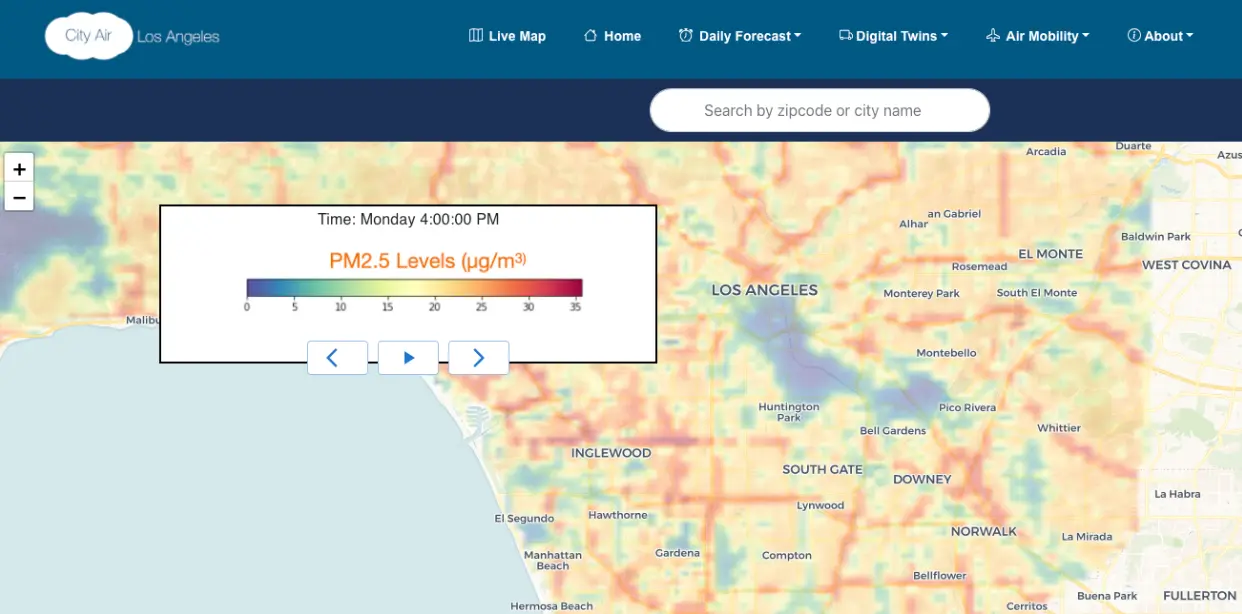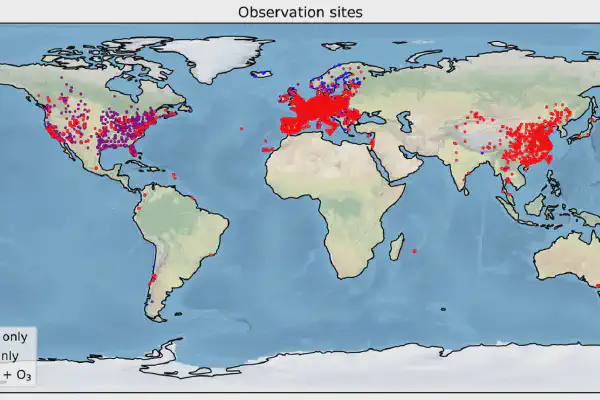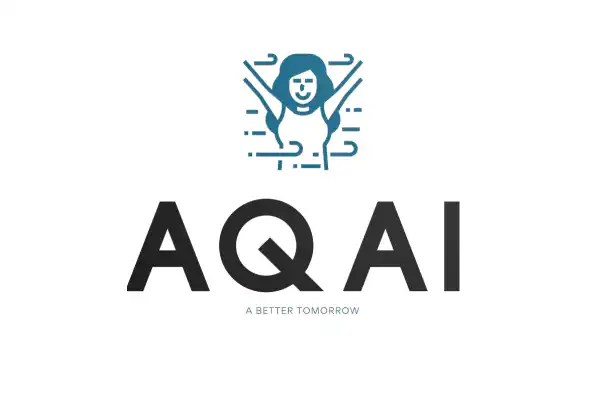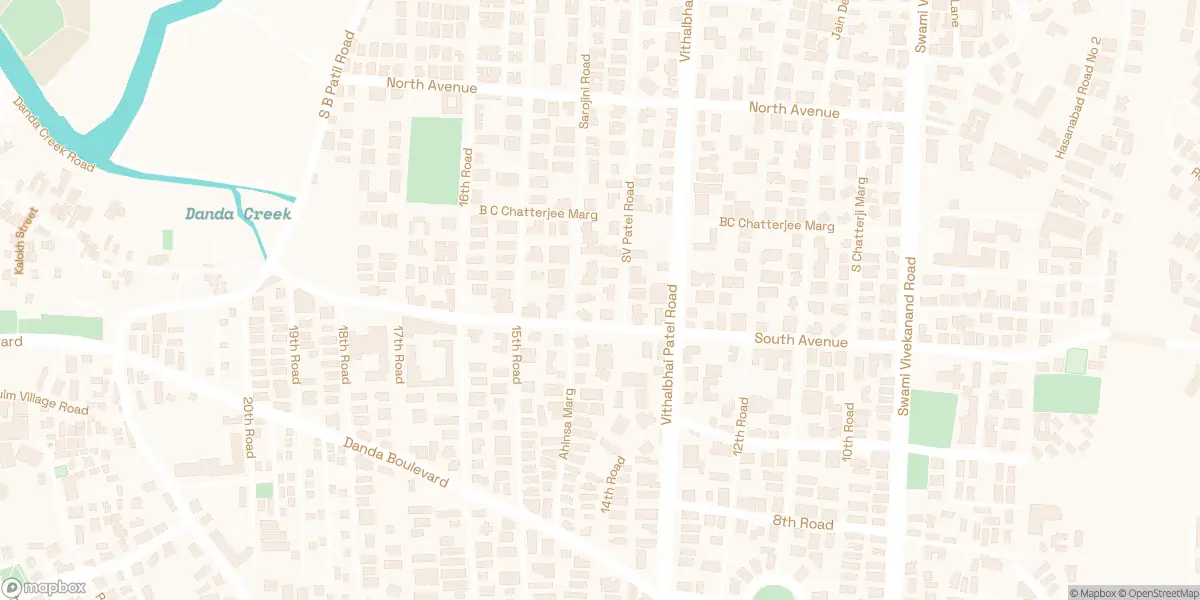Predicting What We Breathe
Data from the OpenAQ platform informed the development of (and continue to feed) a highly accurate air pollution prediction model for Los Angeles County and beyond. The Predicting What We Breathe (PWWB) model provides hourly air quality predictions for six pollutants–PM2.5, ozone, CO, CO2, NO, and NO2–at a spatial resolution of 1 km2.
The average accuracy for a 24-hour prediction over sites in Los Angeles County is more than 94%. Even as far as 10 days in the future, the model maintains a high accuracy rate (more than 72% for NO2 and more than 80% for both ozone and PM2.5 for a 10-day prediction).

The algorithms for the model were developed using artificial intelligence and machine learning applied to satellite observations, ground-level air quality data, meteorological data and wildfire/smoke data.
Using these predictions, government officials can now issue more timely and effective on-the-ground intervention tactics. And with detailed feedback, they can better understand the impact of their efforts to reduce air pollution.
The PWWB model is being expanded (e.g., see PM2.5 forecasts for all of California at City Air Live Air Quality Map ) and is available to cities worldwide to help them make use of air quality data to improve health outcomes.
PWWB is a partnership between the City of Los Angeles, California State University Los Angeles (CSULA), OpenAQ and other collaborators. PWWB was funded by NASA, and related work continues with new funding. To learn more about the project, including outreach to environmental justice organizations and other cities, see this blog and the project website .


